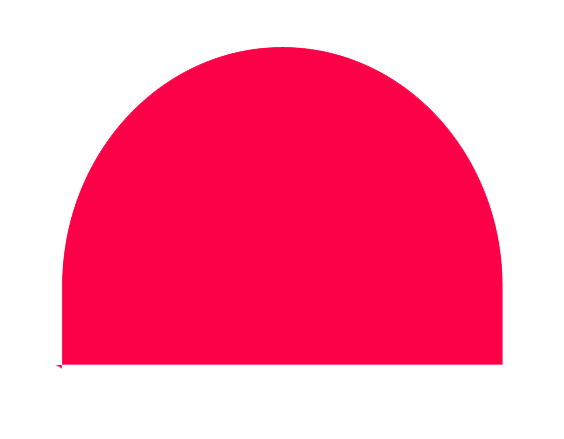POLYMERS
Titanium is oxidized by natural means, resulting in white powder. Because the refractive index is too high (2,55-2,73) it is a pigment that provides maximum whiteness and opaqueness. There are two different crystal structures, Rutil and Anatas. They are rarely used in pure form and their surfaces are coated with organic anTitanium dioxide is a naturally occurring mineral that is commonly used as a whitening agent and pigment in a variety of products. It is a bright white powder that is insoluble in water and has excellent opacity and brightness, making it ideal for use in paints, coatings, plastics, and many other industrial applications.
Titanium dioxide is produced from the naturally occurring mineral ilmenite or from synthetic rutile. It is widely used in the manufacture of paints and coatings, plastics, paper, ceramics, and textiles. In addition to its whitening and opacifying properties, titanium dioxide also has excellent UV-absorbing properties, which make it useful in sunscreens and other cosmetic products.
While titanium dioxide is generally considered safe for use in most applications, there is some concern about the potential health risks associated with inhalation of the fine particles, especially in certain industrial settings. As a result, there has been increased interest in the development of safer and more environmentally friendly alternatives to titanium dioxide in some applications.d inorganic materials to improve UV resistance and dispersibility. They are used in the production of coatings, plastics, paper, structure materials, pharmaceuticals, food and many other commercial products.
Product Types:
Titanium dioxide is a versatile and widely used pigment with a range of applications across various industries. Some of the most common applications of titanium dioxide include:
Paints and Coatings: Titanium dioxide is used as a white pigment in paints and coatings due to its high opacity and brightness. It provides excellent hiding power, which means it can effectively cover underlying surfaces.
Plastics: Titanium dioxide is used in plastic applications to improve opacity and whiteness, as well as to protect against UV radiation. It is commonly used in food packaging, toys, and other consumer goods.
Cosmetics: Titanium dioxide is used in cosmetic products such as sunscreens, lotions, and makeup as a white pigment and UV filter. It provides a smooth texture, high coverage, and long-lasting protection against UV radiation.
Paper: Titanium dioxide is used as a filler and coating in paper production to improve brightness, opacity, and printability.
Ceramics: Titanium dioxide is used in the production of ceramic materials to provide whiteness, brightness, and opacity.
Inks: Titanium dioxide is used as a white pigment in printing inks to improve brightness and opacity.
Textiles: Titanium dioxide is used in textiles to provide UV protection and to enhance brightness and whiteness.
Titanium dioxide is produced from the naturally occurring mineral ilmenite or from synthetic rutile. It is widely used in the manufacture of paints and coatings, plastics, paper, ceramics, and textiles. In addition to its whitening and opacifying properties, titanium dioxide also has excellent UV-absorbing properties, which make it useful in sunscreens and other cosmetic products.
While titanium dioxide is generally considered safe for use in most applications, there is some concern about the potential health risks associated with inhalation of the fine particles, especially in certain industrial settings. As a result, there has been increased interest in the development of safer and more environmentally friendly alternatives to titanium dioxide in some applications.d inorganic materials to improve UV resistance and dispersibility. They are used in the production of coatings, plastics, paper, structure materials, pharmaceuticals, food and many other commercial products.
Product Types:
Titanium dioxide is a versatile and widely used pigment with a range of applications across various industries. Some of the most common applications of titanium dioxide include:
Paints and Coatings: Titanium dioxide is used as a white pigment in paints and coatings due to its high opacity and brightness. It provides excellent hiding power, which means it can effectively cover underlying surfaces.
Plastics: Titanium dioxide is used in plastic applications to improve opacity and whiteness, as well as to protect against UV radiation. It is commonly used in food packaging, toys, and other consumer goods.
Cosmetics: Titanium dioxide is used in cosmetic products such as sunscreens, lotions, and makeup as a white pigment and UV filter. It provides a smooth texture, high coverage, and long-lasting protection against UV radiation.
Paper: Titanium dioxide is used as a filler and coating in paper production to improve brightness, opacity, and printability.
Ceramics: Titanium dioxide is used in the production of ceramic materials to provide whiteness, brightness, and opacity.
Inks: Titanium dioxide is used as a white pigment in printing inks to improve brightness and opacity.
Textiles: Titanium dioxide is used in textiles to provide UV protection and to enhance brightness and whiteness.






